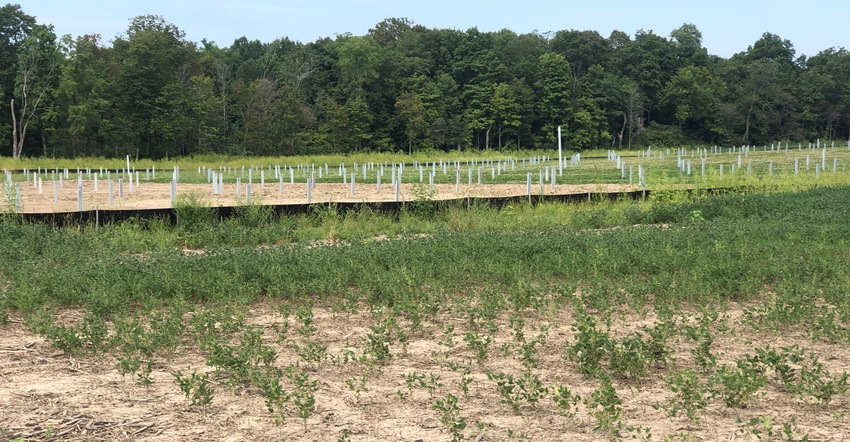
Former U.S. Sen. Joe Donnelly, a Democrat from South Bend, Ind., believes so much in the future of solar energy that he took time to speak at the Indiana Agriculture-Climate Alliance’s inaugural forum on alternative energy and carbon marketing recently. While in the U.S. Senate, Donnelly, an attorney by training, was on the Senate Ag Committee. He says one of the things he likes doing today is promoting solar energy. He has friends in St. Joseph County in the solar energy business.
“We have an obligation to make this a better country,” he says. “The Clean Energy Act says the by 2030, 80% of all energy produced in this country must be from carbon-free sources. By 2035, it must be 100%. This is already 2021.”
At least one Indiana utility that participated in the forum noted that it is already investing in solar energy and is interested in moving away from relying on electricity produced by coal-fired plants.
“It makes sense for individual farmers who have the opportunity to diversify and enter into a solar farm to be built on their land,” Donnelly says. “They can earn up to $800 per acre in payments for 20 years. It’s profitable for the farmer, and it brings in tax money to help support schools and local government.”
Countering solar energy naysayers
Like anyone who speaks in favor of large, commercial solar installations, Donnelly is accustomed to hearing from those who say large solar farms eat up prime farmland. The argument is that with no more land being made, the U.S. could run out of land to produce food and fiber.
Donnelly looks at it from the 50,000-foot view. “We are not talking about whole counties converting farmland into solar farms,” he says. “With zoning, counties can adopt policies to cap the total amount of land that could be converted to solar farms within county boundaries. Most of the time, we’re talking 3% to 4% of total land area within a county, at the most.
“The other thing I know about farmers is that they’re very smart. In most cases, they’re not going to allow this to go on their most productive land. Instead, they’re going to offer the least productive land. The sun shines the same on land whether it’s productive or not, so in most cases, the most productive land remains in production.”
The food vs. fuel debate usually arises in discussions like these, Donnelly notes. “The fact is that productivity for corn and soybeans continues to go up. People like our own Sonny Beck of Beck’s at Atlanta, Ind., have employees who figure out how to get another 3% corn yield on every acre, and it offsets land being taken out of production. Saying we’re going to run out of food in this country because we don’t have an adequate land base isn’t a valid argument to me.”
Donnelly also looks at the bigger picture related to climate change. “Climate change is real, and farmers can be on the leading edge in combating climate change,” he says. “Solar energy is clean energy. Plus, a farmer ought to be able to decide what he wants to do with his own land, including converting part of it to a solar farm.
“This is one of the alternatives that can help everybody. I believe it is the future.”
About the Author(s)
You May Also Like




